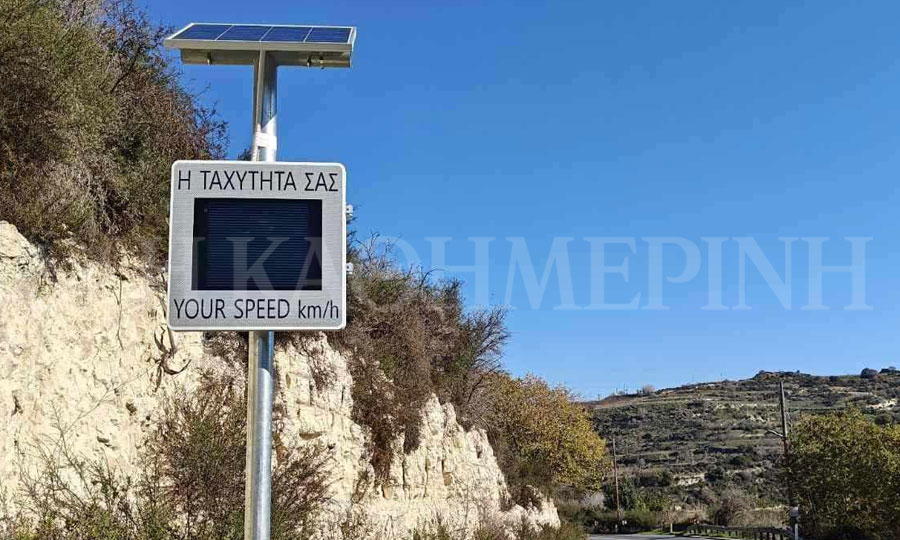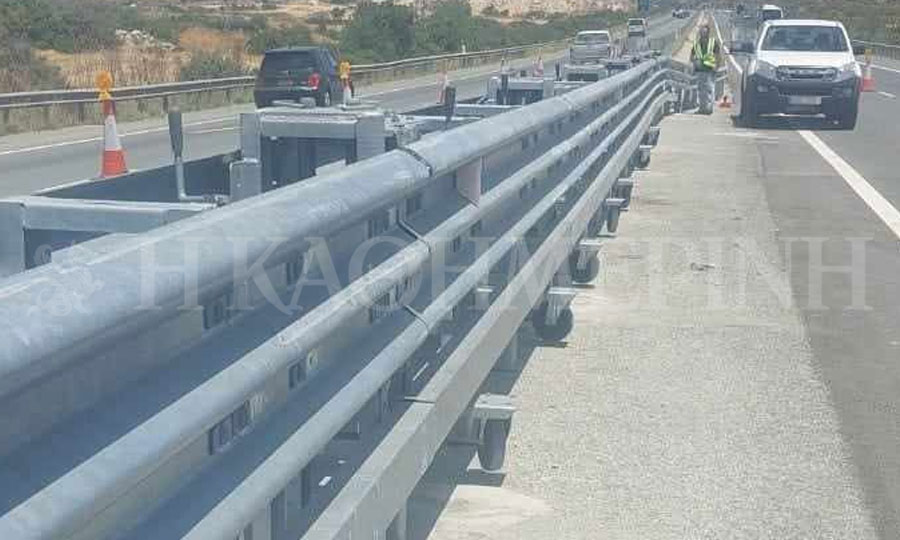
Ioanna Kyriakou
In early February, tragedy struck the roads of Cyprus once again as authorities announced the loss of 25-year-old Marios Roditis in a fatal collision on a Larnaca road Sunday night.
This somber news coincided with the activation of eight new photo-labeling cameras across key locations in Larnaca and Limassol, sparking discussions on the efficacy of such measures in curbing fatal accidents. Despite concerns, authorities remain steadfast, underscoring that while fatal collisions may rise, their unwavering commitment to enhancing road safety persists. They stress that human error remains the primary cause of serious accidents and assure the public of ongoing efforts to tackle this issue head-on.
The fatal incident of February 4
The tragic incident unfolded around eight o'clock on Lysos Santama Avenue, where a 62-year-old driver attempted a maneuver, resulting in a collision with a motorcycle ridden by the young Roditis. Following the collision, the driver underwent alcohol and drug tests, both of which yielded negative results. Subsequently, he faced arrest and appeared before the District Court of Larnaca, which issued a seven-day detention order against him on charges of causing death by negligence and negligent driving.
Continuous camera deployment
Reflecting on the impact of the newly deployed cameras, Lieutenant Tasos Asiikkis of the Department of Traffic Headquarters emphasized their role in fostering road safety awareness and reducing fatalities and serious injuries globally. Addressing concerns about camera placement, Asiikkis clarified that extensive research informed the selection of locations, with flexibility for adjustments based on evolving traffic dynamics.
Expansion of camera network
As of February 5, eight additional photo-labeling cameras commenced operations in Larnaca and Limassol, strategically positioned across four locations. In Limassol, cameras were installed at pivotal junctions including 28th October Avenue, Iakovos Tombazi Avenue, and Amathous Avenue. In Larnaca, surveillance was heightened along the Kiti-Mazotos road segment. This expansion aims to bolster monitoring and enforcement capabilities throughout the road network.


Regional accident data
Analyzing three-year accident data by province, Nicosia and Limassol emerged with the highest incidence of fatalities and serious injuries from 2020 to 2022. Despite strides attributed to camera systems, authorities remain proactive, exploring additional measures to mitigate road accidents. These encompass educational campaigns and regulatory frameworks for personal mobility devices, acknowledging the need for holistic solutions beyond technological surveillance.
Future initiatives for road safety
Efforts to elevate road safety extend beyond camera deployment, encompassing initiatives such as smart lighting systems and fines via SMS and email notifications. Plans for a dedicated operational center underscore a comprehensive approach to traffic management. As authorities navigate logistical challenges, their focus remains on fostering public awareness and fostering adherence to traffic regulations.
[This article was translated from its Greek original]































